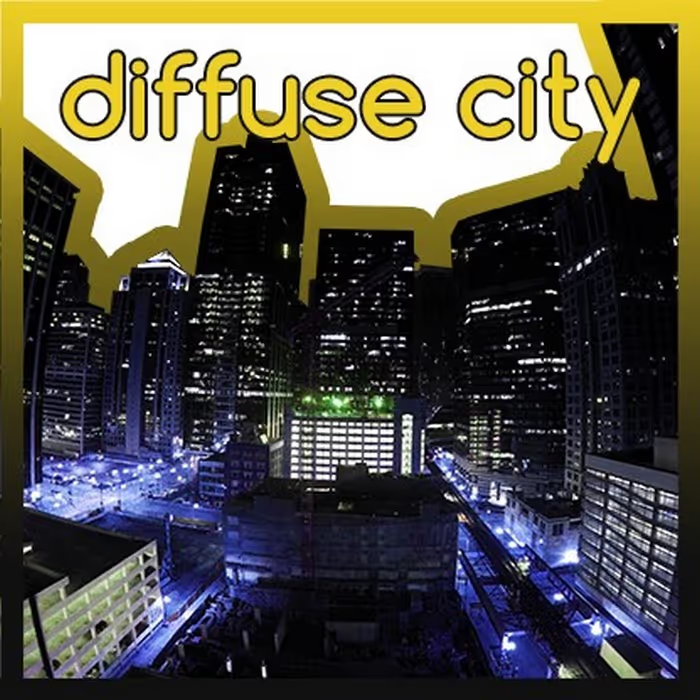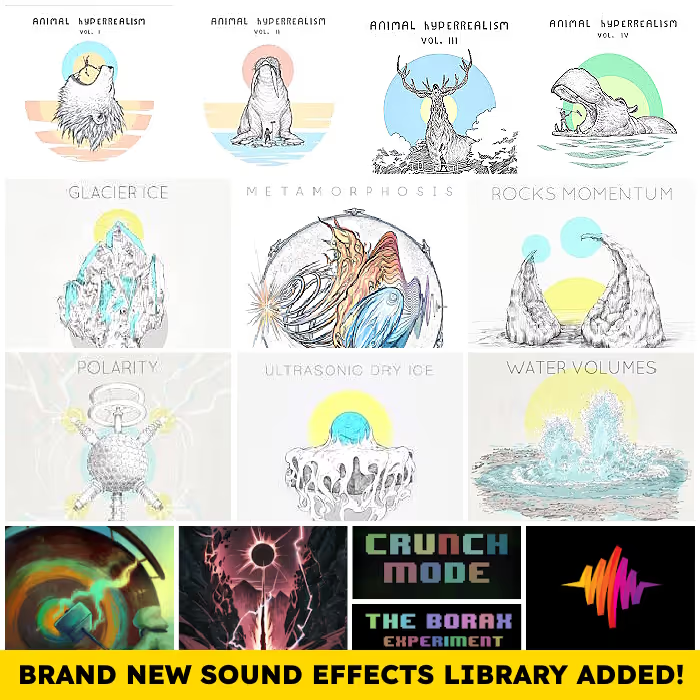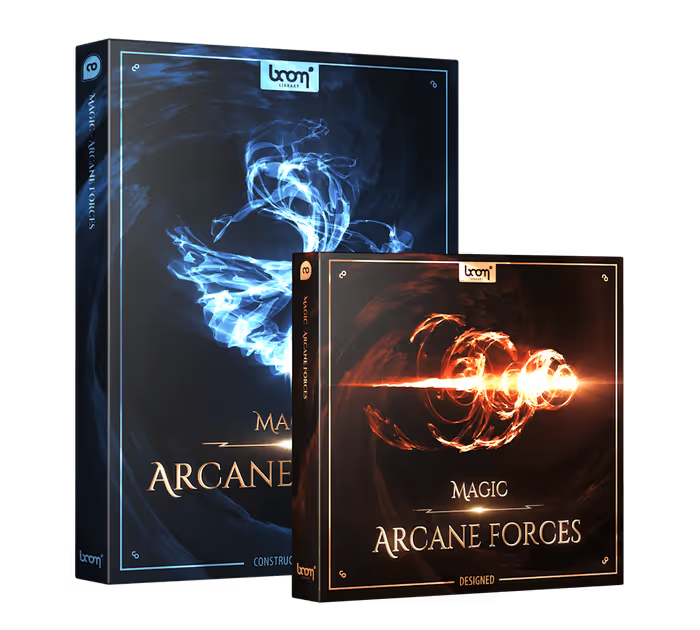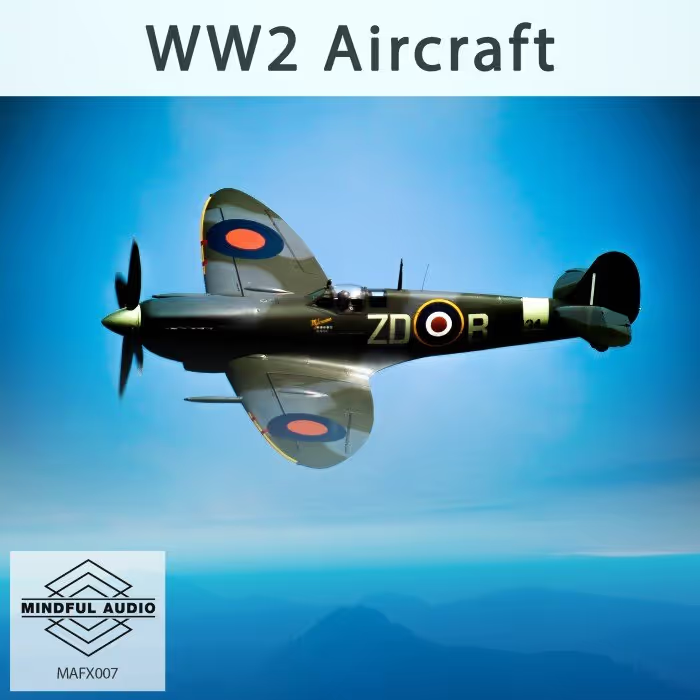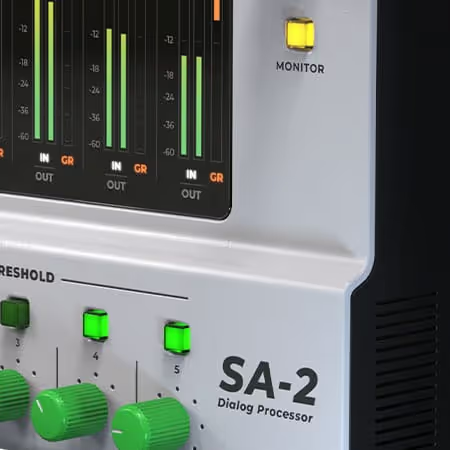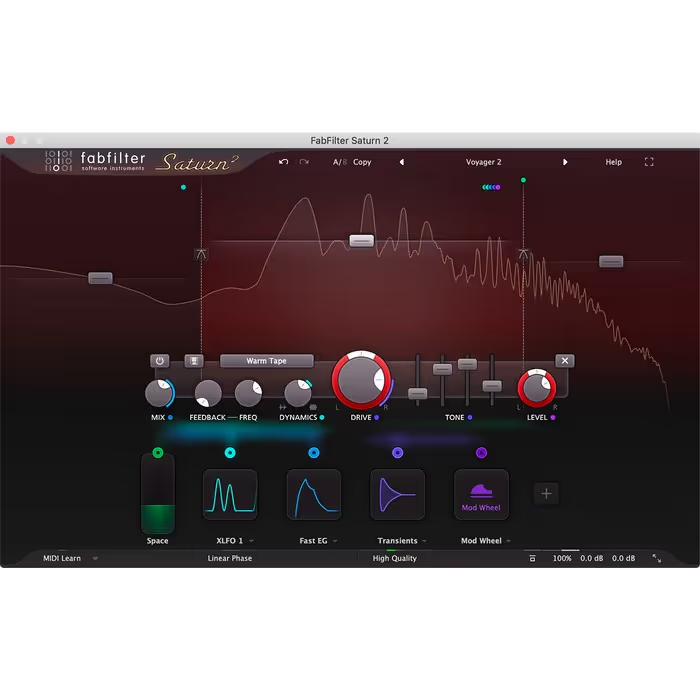Amazon Prime’s Hunters series follows a group of Nazi hunters in the US in the late 70’s. The show is completely fictional, merely drawing inspiration from real people and events. For instance, there were people around the world who hunted down Nazi’s after WWII (but did not kill them as the series’ characters do).
The show also references “Operation Paperclip,” which was a secret US government program focused on recruiting Nazi scientists and engineers to help further the country’s advancements in rocketry.
But make no mistake, Hunters is not a docu-series. It takes liberties with history to deliver a stylized interpretation of reality. There are Tarantino-esk shootouts— like Nazi-in-hiding Biff Simpson (Dylan Baker) slinging bullets (not burgers) to his BBQ guests after his identity was revealed. There’s the opulent, James Bond-worthy secret lair where Meyer Offerman (Al Pacino) and his team of hunters review intel. There is a mini game show interlude to introduce the hunters, and a fake action-film trailer to explain their mission.
On the sound side, the bounds of reality are also not strictly enforced. Formosa Group supervising sound editor Joe Dzuban and re-recording mixers Marc Fishman and Mathew Waters (who mixed Hunters at Formosa Hollywood on Dub 6 in the new “Penthouse” area) were asked to devise a sonic solution for how to blow out a character’s eardrums without actually blowing out the audience’s speakers at home, and how to make a Morse code message crystallize from a children’s song, for instance. Here, Dzuban details how they did that and much more!
Hunters – Official Teaser Trailer I Prime Video
Hunters is a violent series and that’s fitting for the subject matter, but there has been talk about the show’s glorification of violence. What were the showrunners’ thoughts on how to handle the sounds of violence in the show?

Joe Dzuban (JD): The really amazing thing about working with David Weil (series creator) and Nikki Toscano (executive producer) was the latitude they gave us creatively. We did discuss the violence in general, and I’m sure some references to Kill Bill were made. But for the most part, we approached each episode individually. They wanted the sounds to be hyper-real, but not over-the-top and comedic. Ultimately, they left it to the sound team to find the proper balance.
Each episode would start with a spotting session in the cutting room where we’d all sit down and watch the episode and discuss thoughts. We talked about the sound needs from a story standpoint and from an ADR standpoint. The series is an avant-garde pastiche of a number of different tones and genres and approaches and the soundtrack aimed to support that.
The show is a balance between keeping things authentic for New York City in 1977 — what were the sounds of the city back then — and having the violence work within that realism. But at the same time, we didn’t want to push it too far and make it all about the violence.
[tweet_box]Honing-in the Sound of Hunters – with Sound Supervisor Joe Dzuban[/tweet_box]
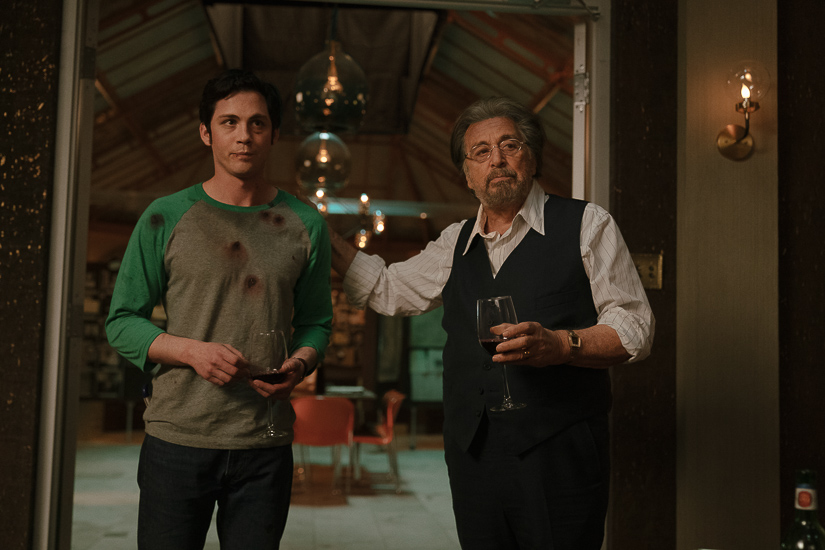
What were some other goals for sound on Hunters?
JD: David had a strong sense of the types of phrases and languages that he wanted throughout the series. Many of our spotting sessions revolved around how we would assemble a diverse loop group that was able to do Yiddish, Polish, German, and Russian. A lot of discussion went into the specific phrases that he wanted to hear. For example, there were certain Jewish prayers that he wanted to hear, like the Mourner’s Kaddish.
He was very detailed and would send us certain phrases for specific scenes at specific moments. For instance, in Episode 1 there is a totally heartfelt scene where Jonah’s grandmother Ruth (Jeannie Berlin) has a flashback of losing her parents as the Warsaw ghetto was cleared out. David had a real distinct idea for that. We wanted to approach it from a vignette standpoint, so your eyes and ears were directed to all these events that were going on.
At one point, VFX was literally going to focus on individual details so you’d only see one event and everything else would be blurred out; it would jump from mini story to mini-story. But eventually, they did away with the VFX, and it was the sound and image that carried you from one heartbreak story to the next. There was a pregnant woman yelling in the middle of the street while belongings were tossed off a balcony, and a man was reciting King Lear in the middle of the street all while Gestapo guards shouted orders. It was really an orchestrated cacophony. David and Nikki gave us a real sense of where they wanted to focus and how they wanted to lead the audience through this nightmare flashback.
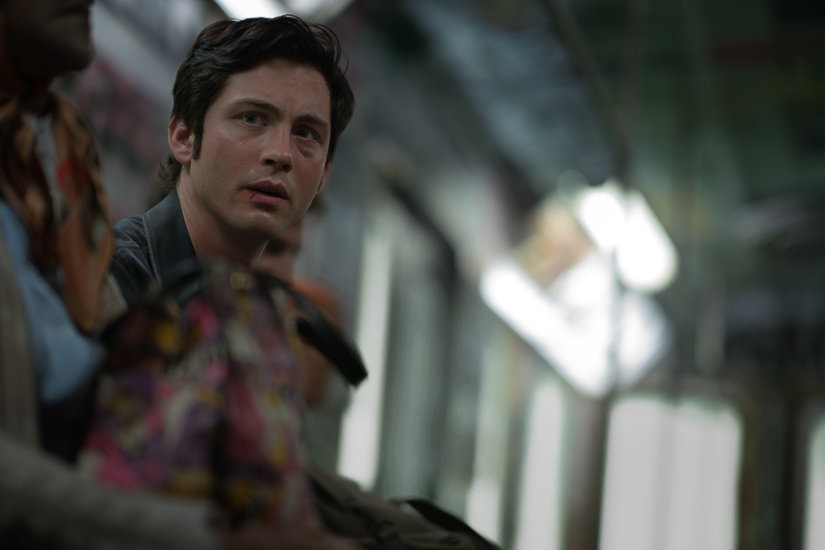
When you were first brought onto the show, as you’re going over the script, what were some of your initial ideas for sound?
JD: My initial thoughts were how to establish a strong POV for our lead hero. It’s a story told through Jonah’s (Logan Lerman) eyes as he dives deeper and deeper into this crazy world. How he awakens to this underworld and internalizes the violence changes him as a person.
One of the sounds that was written in the script was Jonah’s tinnitus ring. In Episode 2, Karl Holstedder (John Hans Tester), a Nazi-in-hiding, warns Jonah: “If you keep on this path, you’ll hear it too, forever, a ringing in your ears.” The violence that Jonah witnesses physically affects him and he is becoming numb to it. The ringing appears in a few episodes and each time we are reminded of how haunted Jonah is by the things he has seen. From a sonic perspective, it’s a simple pure-tone, but it is a very effective way to show POV.
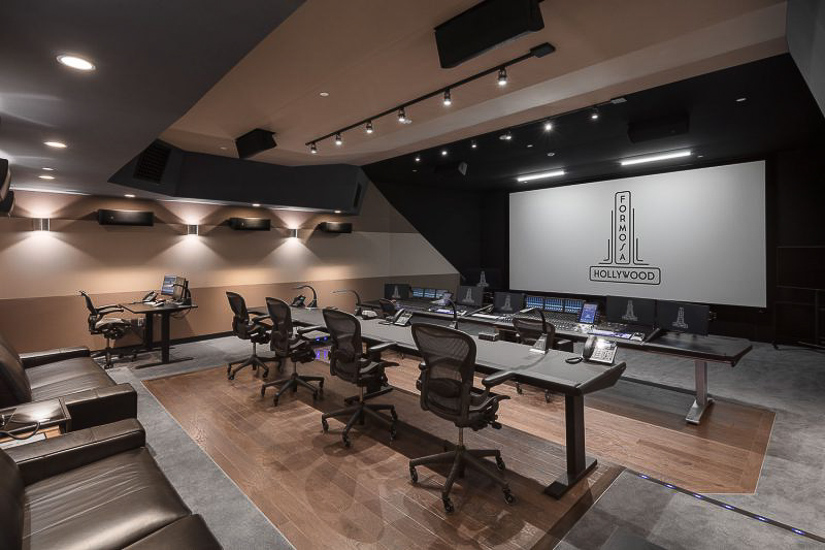
I really liked the way you handled Jonah reading his grandmother’s letters. It would start in his voice and then become her voice, and the sound would slowly transition into her experience. Sometimes those flashbacks felt surreal and sometimes they felt very realistic. How did you determine what approach to take on those flashbacks?
JD: Re-recording mixers Marc Fishman (dialogue/ADR/music) and Mathew Waters (effects/Foley/backgrounds) did an amazing job crafting these moments. We really had to feel out these moments on the mix stage. We can prep the sound effects and music in a certain way, but the music will usually carry the emotion. So, we had to tailor our transitions accordingly. It was a lot about feel. When the scene was more reflective, we wanted to be softer in our transition into it. You might start to hear some of the sounds from the flashback creep into Jonah’s reality before we’re completely immersed in it. Other times, we wanted it to be a little more jarring. We used bursts of noise to draw us in and shock us into the moment.
In Episode 2, there was a great flashback to a scene in the concentration camp where a small ensemble of musicians was forced to play. They begin playing “Hava Nagila” and one by one they’re shot by the enraged Nazi guard. But the people around them start humming the song and it spreads through the whole camp. Sound-wise, what went into the scene?
JD: David had the idea of having “Hava Nagila” start small then spread like wildfire, reaching a chorus before our scene change. We recorded the song in the studio with loop group. To maintain a proper tempo, we had one person do a temp track and the rest of the group could then follow the recording. Emotionally, it began as a downtrodden utterance, but then as more and more people sang, it became a chorus of hope. It was a great idea and was very effective.
Emotionally, it began as a downtrodden utterance, but then as more and more people sang, it became a chorus of hope. It was a great idea and was very effective.
As for the musicians playing in the scene, the actors on set mimed to a pre-recorded track. The performed music came from the music department. Marc (Fishman) then mixed it to match production.
For the camp sequences, it was all about finding the right balance of emotion. Each camp scene was different tonally. David and Nikki were very specific about the tone of each scene and the balance between guard commands and prisoner walla. They had a clear idea of what they wanted to hear and when. Sometimes you don’t hear the prisoners at all, other times you only hear the guards. Each choice had a different effect and they were discussed ahead of time. That also made our job easier. We had a game plan for what we needed to record, edit, and how best to prep it for the mix.
It sounds like their directions were emotionally driven…
JD: Very much so. I think they had a great intuition on how things should feel and on the general scope of the series. Each episode had a different emotion — some were reverent, and some focused on revenge. Some were brutal, while some were hopeful. We always had to keep that in mind while we were doing the editing. The sounds of the backgrounds — be it the city, the prison camps, or the ghetto — needed to put our characters in the proper emotional setting.
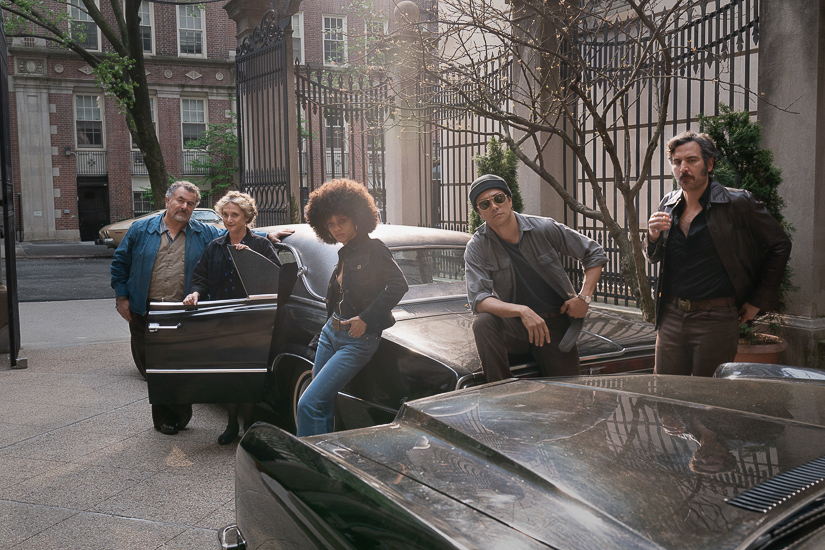
In that same episode, there’s that scene where they blow out Karl Holstedder’s eardrums in the studio using those big speakers that they turn up really loud…
JD: A cringe-worthy moment for any sound person!
I like how you handled the growing intensity of sound because, of course, you were dealing with level specs that you couldn’t exceed….
JD: We talked about that in the spotting session: how to present the sound of something so loud that it’s blowing someone’s eardrums out, without actually being ridiculously loud for the audience.
We went through a number of iterations on the dub stage. We learned that the setup was essential – a bit of quiet, followed by the amp buzz increasing in intensity as the knob turned to 10.
…we used ancillary sounds such as various buzzes and rattles to sell that the studio itself was reacting physically and that sound energy was surging through the walls and objects.
Editorially, we used ancillary sounds such as various buzzes and rattles to sell that the studio itself was reacting physically and that sound energy was surging through the walls and objects. The sounds intensify to give us a feeling that the noise is so loud that it’s now permeating into the control room. And now things in the control room start to vibrate. Then you hear the glass pane rattle. Eventually, everything in the room was rattling.
Cutting back and forth between control room and studio also helped to perceive volume. Bryant Fuhrmann, our music editor, also pre-treated the music itself, giving it a progression into distortion as though the tweeters were being blown.
Mix-wise, Marc drowned out Holstedder’s voice relative to the music, giving the impression that the music was so loud you couldn’t hear his screams. It was a fun scene to work through creatively.

There’s an intense melee fight between Roxy and Maryanne in Holstedder’s machine room. How did you have fun with the sound in that sequence?
JD: That was a scene where we just went for it. We wanted to have fun and it was one of our first fight sequences. I’m sure this was where the Kill Bill reference came up for its hyper-stylized punches. Granted, Hunters didn’t have the blood and gore, but we still wanted the scene to feel visceral.
And from an emotional standpoint, this was Roxy’s first big fight in the show. We learned that Roxy was a mom and we know the softer side of her life. This was the first time we see her have a fight like this and it takes its toll.
Efforts play a huge role in any fight sequence because they immediately humanize the violence.
Efforts play a huge role in any fight sequence because they immediately humanize the violence. Roxy’s efforts start out energized then shift to tired as she becomes the underdog, and then have a release when she wins.
Of course, on the stage there are always some ala carte requests and that makes our job fun. Like, can we have a little more crack on this hit and a bit more squish on this one?
We wanted to capture Roxy off-guard, then being the underdog, and finally making the comeback. All the sounds needed to reflect that arc.
Highlights from A Sound Effect - article continues below:

In that episode, we’re introduced to a creepy children’s song on the reel-to-reel tape. Mindy and Murray apply different processing to it, which ends with the discovery of the Morse code message. What were your challenges/opportunities for sound here?
JD: The challenge there was to make the audience believe they were really tinkering with the audio. But you can’t think too hard about what exactly they were doing. We started in the spotting session by applying logic, but it was obvious that direction wouldn’t make a lot of sense. We all had a good laugh. Finally, the producers said: “Ok, this is movie magic and we have to figure out a way to make it work!”
Marc and Matt did some filter-sweeping on the fly, so that as the characters on-screen turned the knobs you felt that movement.
We wanted to give you the sense that Murray had picked up on this Morse code in his ear piece and then he was able to re-play the tape while using a filter sweep or accentuating certain frequencies to get back to this Morse coded message. It was a combination of having the editorial tracks prepped so that the rhythm was right, and that you understood what was happening, and then Marc and Matt tweaked the processing. Marc and Matt did some filter-sweeping on the fly, so that as the characters on-screen turned the knobs you felt that movement. You felt like the characters were interacting with the tape-deck and affecting the sound.
It’s funny because I had worried about that scene going into the dub. But in the end, it was fine. I think sometimes you can overthink sounds by applying too much logic. That’s the perfect case where you do what is best for the moment, for the scene, and it works. You don’t think about whether or not what they are doing would actually have that effect on the sound, or how it would actually be communicated through Murray’s hearing aid. The more you think about it the less inclined you are to believe it. It’s a slight of hand that was just enough to sell it and not make you question it.
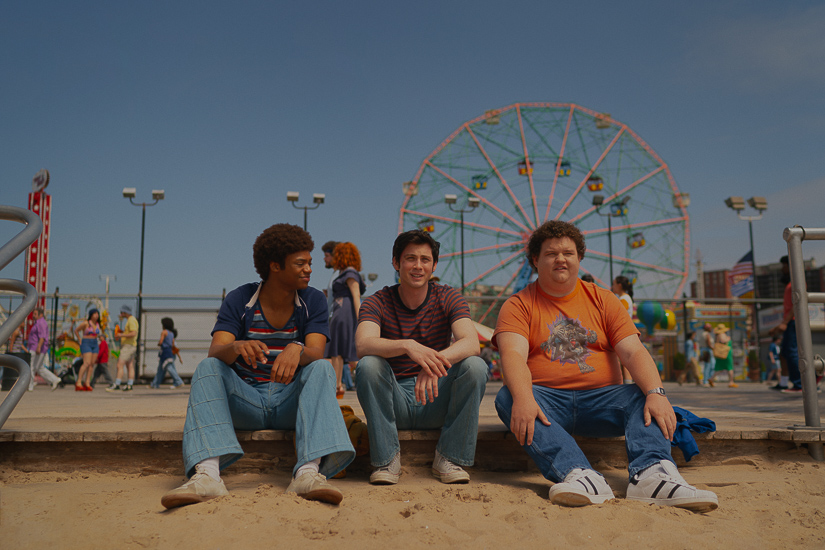
What was the most challenging episode for sound? Why? What went into it?
JD: The most challenging episode was Episode 1 because it had so much material and it had to establish a style. From the streets of NYC in 1977, to Coney Island, to FBI headquarters, to the NYC police precinct, and lastly to the Warsaw ghetto — all these scenes had different voices and a completely different set of needs. The sweeping one-shot of the Warsaw Ghetto — how to crystallize those sounds so that your eyes and ears could follow the story and not be overwhelmed — was a real challenge. The episode was a real opportunity for effective, evocative soundwork.
For Jonah’s life in his neighborhood, we looked for ways to keep the energy up and to establish his neighborhood, like the subway train nearby, kids outside on the street playing, and other people passing by or hanging out. New York City in 1977 was also the summer of the ‘Son of Sam’ so we interspersed radio broadcasts into the soundtrack. We would play back actual radio calls from that era and have our loop group imitate them. We wanted to match the Mid-Atlantic inflection and vocal dialect of the time.
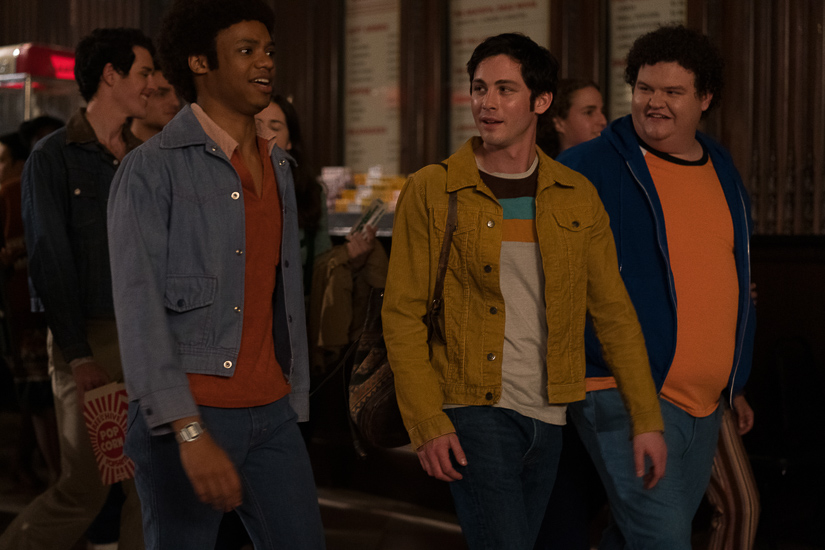
What about the cars of the era?
JD: That would have been fun but we didn’t do any old car recording. We have a great library with throaty, V8-style cars that have the carburetors we knew would give us a vintage feel.
I was actually in New York City before production started and was able to capture some city soundscapes that ended up in the show. By and large, the city sounds we used to craft the world were ones we pulled from existing libraries.
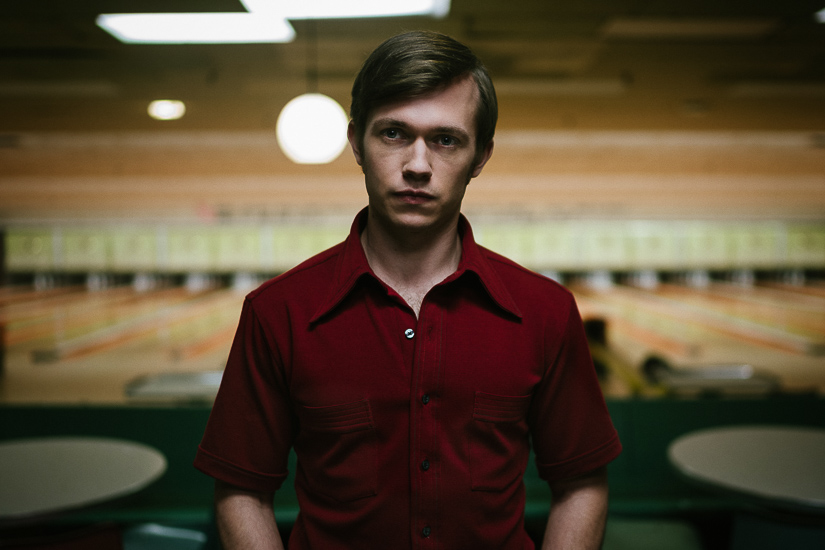
In terms of sound, how was Hunters a unique experience for you?
JD: It was unique in that each episode was basically its own medium film with its own share of challenges both technically and creatively. Our team did an outstanding job with the amount of work that needed to get done in such a short amount of time. Brian Dunlop (dialogue editor) did an amazing job with the dialog, using alternate takes seamlessly for clarity and performance. One scene, in particular, was constructed almost entirely of alternate takes. He also used Sound Radix’s Auto-Align Post plug-in to salvage many scenes.
Every episode had a ton of ADR that needed to be shot, and for multiple languages. We used a dialect coach to proof our content before and even after the mix to ensure it made sense, even to the detail of regional German dialects! Some of our actors wanted to hone their Yiddish performances later in the studio and so we did that.
The volume of work that needed to be done for each episode was staggering.
The volume of work that needed to be done for each episode was staggering. Our effects editor Jake Flack was tireless and did some really awesome work. The pace was intense. Production was still editing upcoming episodes as we were doing the sound on prior episodes.
Once the spotting sessions were done, we just went into our rooms and worked away. The next time I’d see the showrunners was on the mix stage. Marc and Matt — calm and collected — did an amazing job of wrangling all these tracks and supporting the story through the soundtrack. They were lifesavers!
This was a great team effort and it was a real pleasure to work on the series.
Joe Dzuban, Supervising Sound Editor • Marc Fishman, Re-recording Mixer • Matt Waters, Re-recording Mixer • Brian Dunlop, Dialogue Editor • Jake Flack, Sound Effects Editor • Michael Baird, ADR Editor • Borja Sau, Dialogue Editor • Chris Gomez, Dialogue Editor • Alex Nomick, Sound Effects Editor • David Barbee, Sound Effects Editor • Leo Marcil, Sound Effects Editor • Ryan Briley, ADR Editor • Ben Rauscher, ADR Editor • Jody Holwadel Thomas, Foley Artist • Elizabeth Rainey, Foley Artist • Bryant J. Fuhrmann, Music Editor • Jason Tregoe Newman, Music Editor • Bill Higley – ADR Mixer • Chris Navarro – ADR Mixer • Michael Miller – ADR Mixer • Jennifer Foley – Group ADR • Kevin Sutherland – Group ADR • Alex Sullivan, Production Sound Mixer • Gabriel Sanders, Boom Operator • John-Paul Natysin, Sound Utility • Egor Panchenko Sound Playback
A big thanks to Joe Dzuban for giving us a behind-the-scenes look at the sound of Hunters and to Jennifer Walden for the interview!


